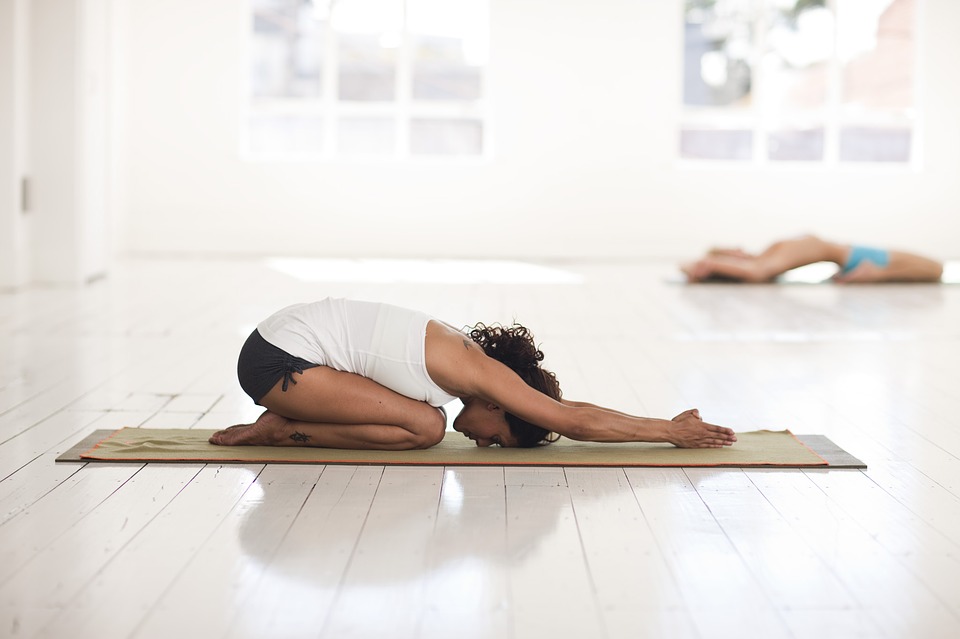Vinyasa Yoga 101 .Yoga means union, the union of mind, body and spirit. There are a number of yogas to choose from. The best yogas will combine all three. However, many modern yogas focus mainly on the poses, or asanas, and tend to not focus as much on the meditation and breath work which are an essential part of Hatha yoga, the oldest form of yoga.
What Is Vinyasa Yoga?
Vinyasa is also known as flow yoga. The word vinyasa means to place in a special way. It uses the same asanas as Hatha yoga. However, rather than each asana being done individually with a pause in between, the poses are organized into sequences whereby the body is in constant motion as it moves smoothly from one pose to the next.
The word vinyasa can also mean “breath-synchronized movement,” with the asanas being performed, held, and changed in conjunction with inhale and exhale patterns and a number of breaths being counted.
The most prominent teacher of vinyasa was K. Pattabhi Jois, who founded his own yoga institute in India in 1948 and helped popularize yoga throughout the world.
The Eight Limbs of Yoga
Vinyasa flow yoga belongs to the ancient practice of Ashtanga yoga. It is also known as Ashtanga Vinyasa yoga. Ashtanga is a Sanskrit term which means “eight-limbed,” referring to a 2,000-year-old book about yoga which stated that the practice of yoga, or union, involves eight limbs, or arms and legs, to support it.
Two of the eight limbs are asana and pranayama, that is, poses and breathing. Pranayama is a combination of two words, prana (life-force energy) and ayama (to move or regulate). Through controlling our breathing, therefore, we can regulate our energy and use it to achieve our goals in life. We can also use it for health and healing. Yoga is part of Ayurvedic, that is, traditional Indian medicine that has been used for centuries to bring the body back into balance.
Yoga for All
The beauty of Vinyasa flow yoga is that it can be practiced by people of any age and ability. The main trick is to learn the postures first, to then be able to move smoothly from one to the next.
Vinyasa is low-impact compared to Ashtanga, which is a good deal more strenuous and has seven levels (one beginner, two intermediate and four advanced). With Vinyasa, you need focus and concentration as you move from one posture to the next and then hold it for a certain number of breaths before moving on to the next asana. However, it is not high impact.
Different forms of breathing are used, though there is not as much pranayama and meditation compared with Hatha or Kundalini yoga, which are both also good for those new to yoga.
Due to its continuous movement, you have no time to get bored, plus Vinyasa has many beneficial physical effects such as improved circulation, digestion, flexibility and mental abilities such as concentration. It relieves stiffness and lowers blood pressure, while reducing stress and improving mood.
Vinyasa will give you more energy and offer relief from depression and anxiety. It can also improve your social skills as you attended classes and work with your teacher to improve your postures and flow.
If you are looking for an interesting and fun form of yoga, see if there is a Vinyasa or flow yoga studio near you, and see what a difference yoga can make to your mind, body and spirit.












